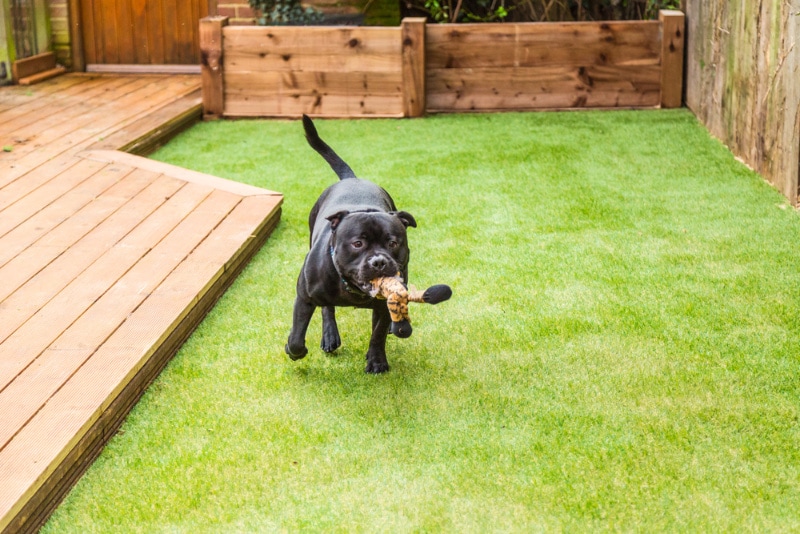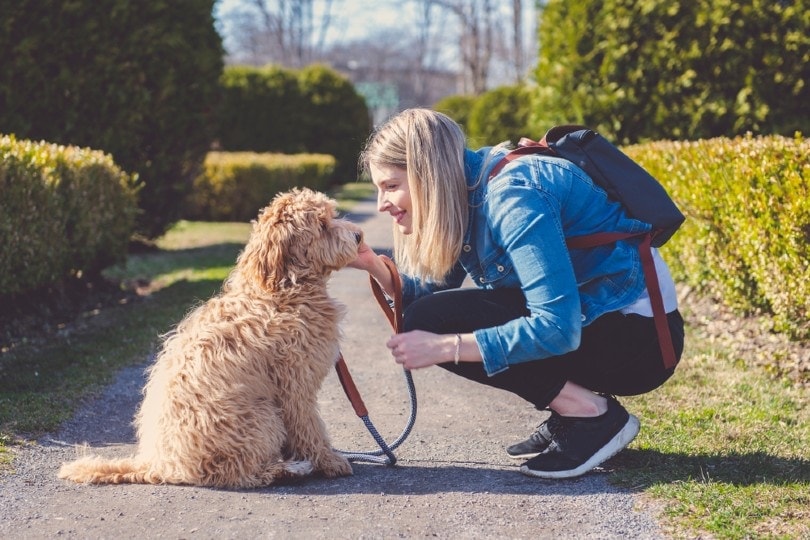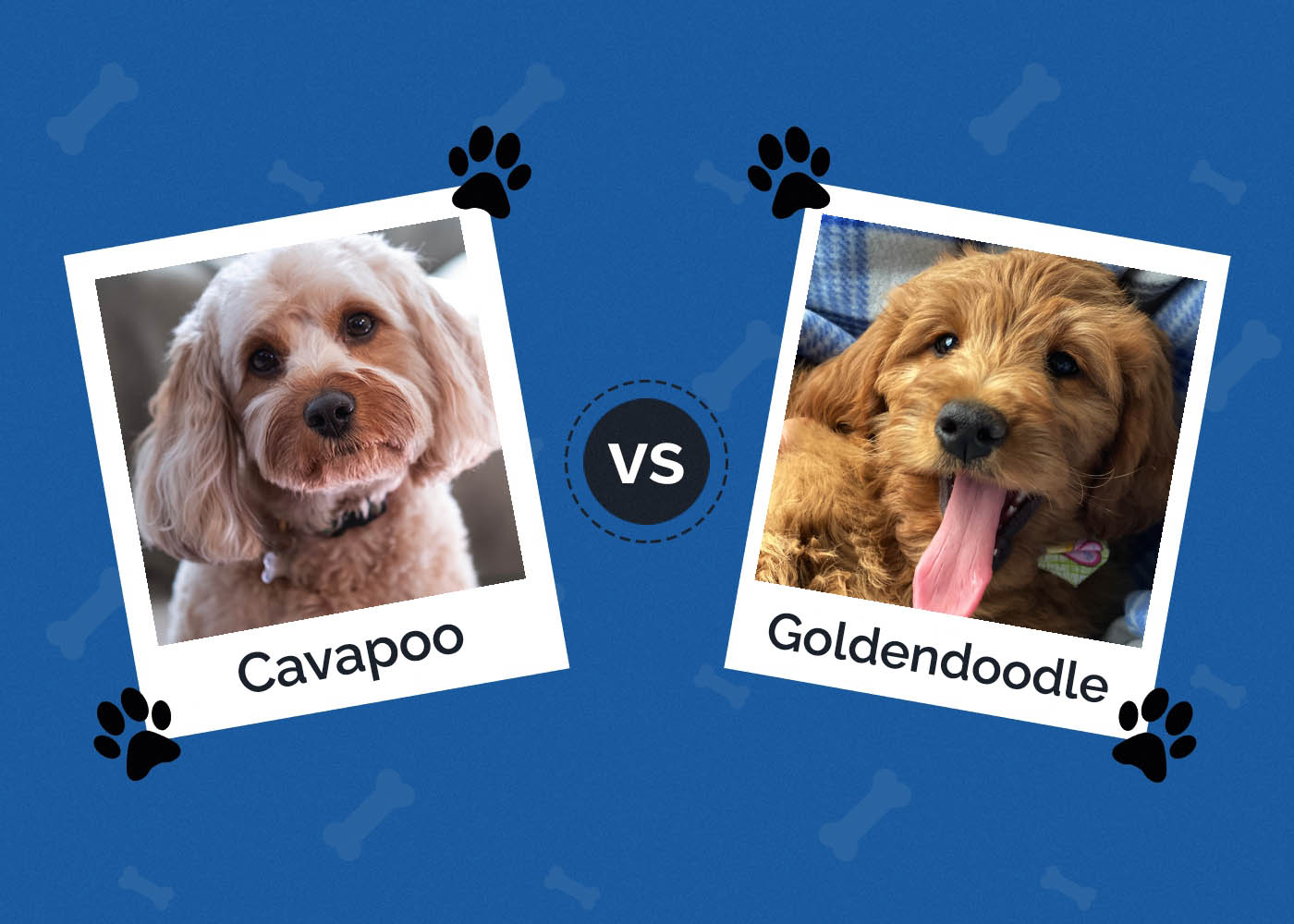How to Stop Your Dog From Barking at Cars in 4 Easy Steps
Updated on
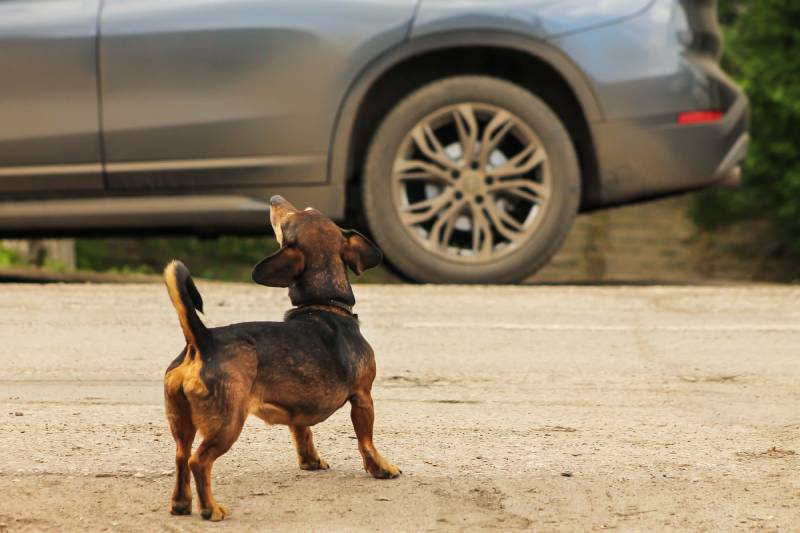
Dogs barking at cars is an age-old nuisance that can be hard to solve. The silver lining is that it’s easier than you’d think, but it does take some patience, depending on the dog. Some dogs may have trauma relating to cars or simply a stronger dislike of them, but the methods you use are largely the same.
Let’s check out exactly how you can make your dog blissfully ignore passing cars instead of challenging them to a fight at every given chance.
Before You Begin
Understanding why dogs bark at cars is essential before trying to curb the behavior, and it can give some valuable insight into your pup’s mindset. Barking at cars is a common behavior in our canine companions, and the primary reason behind it is fear. Giant metal boxes moving very fast are a scary thing to dogs, so they fall back on instinct—when threatened, bark really loud and look scary.
Of course, the cars go away, but that actually reinforces the barking! You see, they think that their barking is what scared the car off. So, when they see more cars, it’s likely that they’ll try barking again to make it go away. Sometimes, it becomes something of a game. Do you see the problem?
We know that’s not how it works, but we can’t just explain that in so many words to our dogs. To get them used to being around cars, you’ll have to use good ol’ positive reinforcement and plenty of treats. Let’s look at what you’ll need to
- A car
- An assistant
- Your dog
- A leash
- Favorite treats or snacks
- Toy
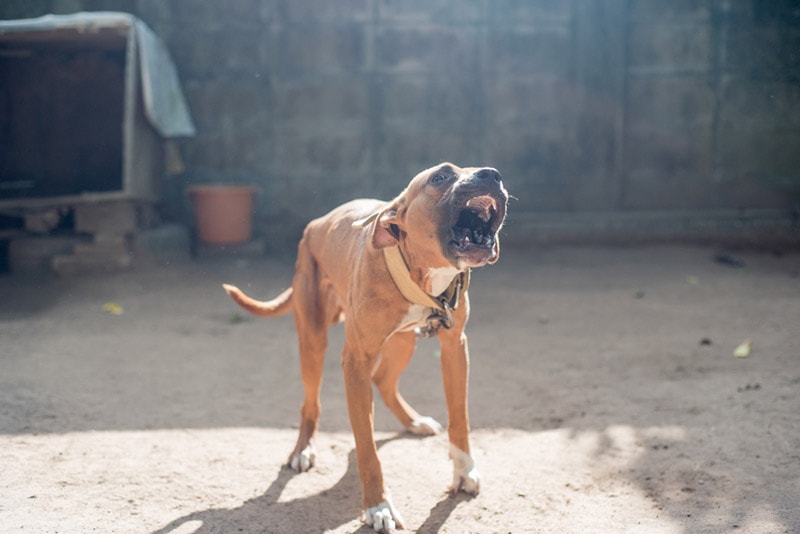
The 4 Steps to Stop Your Dog From Barking at Cars
1. Take Your Dog to a Private Area
You’ll need enough space for a car in this area, but you have a lot of leeway. Ideally, you’d use your yard, which your dog is already comfortable with. If you have a street nearby, you’re all set! If this isn’t an option for whatever reason, you’ll have to improvise. A public park, dog park, or another public area that has a parallel sidewalk and road works great. Just make sure that your dog is already familiar with the area to help boost your chances of success.
2. Expose & Reinforce
First, take your dog to the area on their leash and harness as usual. If it’s not your own property, try to choose a time when there won’t be many passersby or distractions like traffic.
Expose your dog to the car by having your assistant slowly drive down the road. Before your dog starts barking at the car, feed them a high-value treat. It’s imperative that you do not reward them if they’ve already started barking or tugging at the leash; otherwise, you’re rewarding that behavior in their mind.
If your dog starts barking, just wait for a pause and say, “Quiet,” followed by a reward. That gives them the idea that they get rewarded when they stop barking.
This method can also be paired with a clicker or commands your dog already knows, like “come” or “watch me.”

3. Reduce Stimulus as Necessary & Repeat
Helping your dog associate being calm around cars with rewards is classic positive reinforcement, but it can take some work. Some dogs are more fearful and will bark at any cars nearby, but you’ll have to watch them. Dogs have better hearing than you, so you may want your assistant to start from further away and gradually amp up the exposure to the car.
Your goal is to get your dog to focus on getting the treat instead of being afraid of the car and barking, so watch their body language closely for signs of fear or aggression during this process.
It helps a lot if you can get them to play some favorite games like fetch or tug of war during this time as well so you can create more positive, long-lasting associations with being around cars.
4. Reduce Treats or Rewards
By now your dog should have a positive association with cars. The tricky part now is slowly reducing the number of treats so you don’t have to carry around a huge bag of treats everywhere and reward your pup every time a car goes by. Reduce your rewards for being good around cars until your dog neither barks nor looks for a treat every time they see a car.
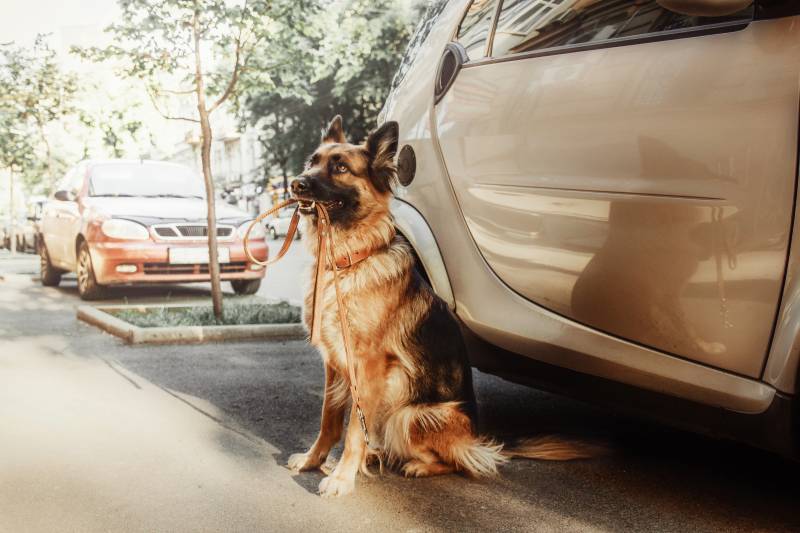
Conclusion
Barking at cars can be a problem, but it’s easier to stop than you’d think. You really just need an assistant who can drive, a bunch of treats, and patience. Bear in mind that some dogs are more stubborn than others, which takes more time. If necessary, start with very short sessions.
Featured Image Credit: alignedd, Shutterstock

